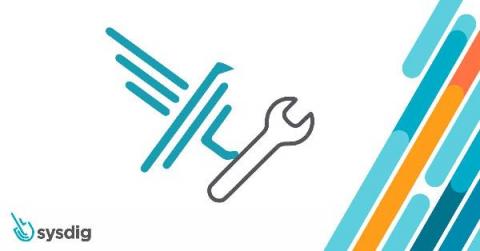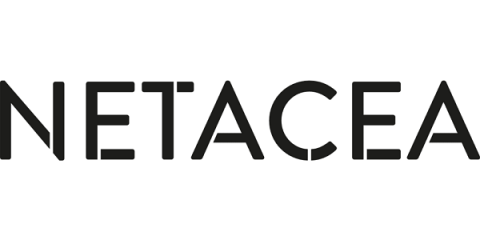Automated Falco rule tuning
We recently released the automated Falco rule tuning feature in Sysdig Secure. Out-of-the-box security rules are a double-edged sword. On one side, they allow you to get started right away. On the other, it can take many working hours to learn the technology, configuration, and syntax to be able to customize the rules to fit your applications. Falco’s default security rules are no different.









